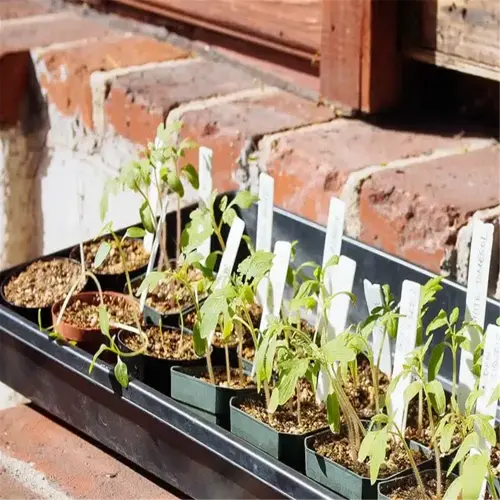Do indoor herbs need direct sunlight?

Written by
Michael Sullivan
Reviewed by
Prof. Samuel Fitzgerald, Ph.D.Indoor herbs require different light amounts. Rosemary and oregano require 6+ hours of direct sun. They like a south-facing window. Parsley and mint do well with indirect sun so they will be fine in an east-facing window. I almost lost my basil by placing it in a dark hallway, but I was able to save it by moving it under the LEDs.
Mediterranean Herbs
- Rosemary: Full sun (8+ hours direct light)
- Thyme: 6-8 hours of intense sunlight
- Oregano: South/west-facing windows only
Shade-Tolerant Herbs
- Parsley: 4 hours of filtered light
- Chives: Thrives under fluorescent lights
- Lemon balm: Avoid afternoon sun exposure
If your windows do not receive sufficient light intensity, you can supplement that natural light with full-spectrum LEDs. It is best to place those grow lights at a distance of 6-12 inches above your plants and keep them on for 12-14 hours per day. My oregano grew well under $40 LEDs during a notably cloudy winter, and the leaves held their fragrance and oil content! To hold your plants upright, remember to rotate your pots weekly so that they don't lean toward the light.
Leggy Growth
- Move closer to light source or increase LED duration
- Prune elongated stems to encourage bushiness
- Use reflective surfaces like aluminum foil
Leaf Burn
- Sheer curtains diffuse intense afternoon sun
- Avoid misting leaves under direct light
- Relocate herbs 2 feet back from hot windows
Pay attention to the health of your herbs. Crispy edges on the leaves indicate that they are receiving too much sunlight. Pale and stretched stems are requesting more sunlight. I had parsley that enjoyed the bright light of a north-facing bathroom window; the humidity of the bathroom made up for the lower light. We can grow most herbs in our environments - don't force the plants that do not fit the condition of your home.
Read the full article: Growing Herbs Indoors: The Ultimate Beginner's Guide

